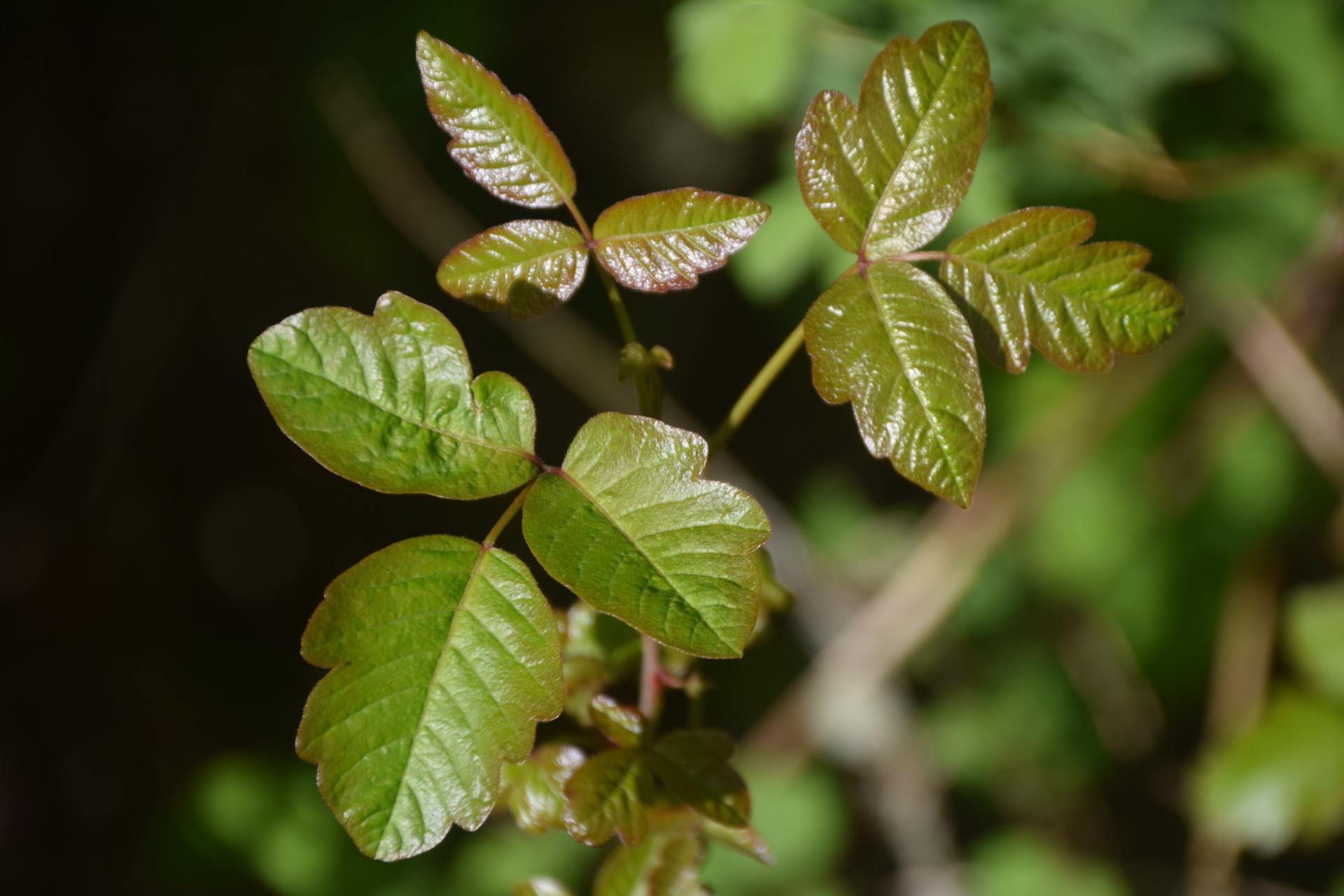Mon - Thur 8am-5pm
AFTER HOURS EMERGENCY CONTACT
1020 4th Ave
Lake Odessa, MI 48849
Poison Ivy FAQs for Summertime
July 9, 2021
Avoiding the misery
Poison Ivy FAQ’s for Summertime
Like most individuals in the summertime, you likely enjoy being outdoors. Many like to garden, enjoy outdoor sports, or love Michigan’s endless hiking possibilities. With all of the outdoor activity comes the possibility of exposure to the poison ivy plant, known also as Toxicodendron radicans. This plant produces an oil called urushiol which is what ultimately irritates the skin and causes that pesky rash that itches and blisters. If you’ve experienced it, you understand how miserable you can feel.
So, what should you do after exposure to poison ivy?
• Although not a guarantee, several over the counter products such as Zanafel are marketed as being able to remove urushiol from skin, thus preventing dermatitis and rash. The sooner this is used, the higher likelihood it will successfully work. Urushiol penetrates the skin and binds to membrane lipids after being in contact with the skin for 10-20 minutes. Removing this oil before this time frame will help eliminate the poison ivy itch/rash/blisters.
• Wash area with soap and water vigorously within 20 minutes of exposure if you do not have a product such as Zanafel. Wash clothing that came into contact with plant and likely has oils that may cause a secondary skin exposure.
• Oral antihistamines may be of use in reducing itchy irritation.
• Contact your primary care provider soon after the first rash appears since a steroid treatment may help reduce the rash intensity. The rash does not “spread” but skin areas with a lesser or secondary exposure will develop the rash later and give the impression the rash is spreading. Prescription steroids taken orally or topically are most effective when used early.
• For relief you can use oatmeal baths or cool compresses for relief but avoid scratching skin lesions.
Gardening Tip: If using gloves for gardening or outdoor work, vinyl gloves are preferred since they will not absorb urushiol unlike leather or fabric gloves. Additionally, rubber gloves can also absorb urushiol, as they are more permeable.
Best Tip: Learn to recognize it and don't touch it! It can often be found as a vine on a tree.
Share
Tweet
Share
Mail
Your Family’s Health Is Our Priority
Your wellness matters to us. Take the next step in your care today.
1020 4th Ave
Lake Odessa, MI 48849
oFFICE HOURS
- Mon - Tue
- -
- Wed - Thu
- -
- Fri - Sun
- Closed
AFTER HOURS EMERGENCY CONTACT
1020 4th Ave
Lake Odessa, MI 48849
oFFICE HOURS
- Mon - Tue
- -
- Wed - Thu
- -
- Fri - Sun
- Closed
AFTER HOURS EMERGENCY CONTACT
© 2025
All Rights Reserved
FAMILY MEDICAL CENTER
website designed by SPECK DESIGNS
© 2025
All Rights Reserved | FAMILY MEDICAL CENTER
website designed by SPECK DESIGNS






